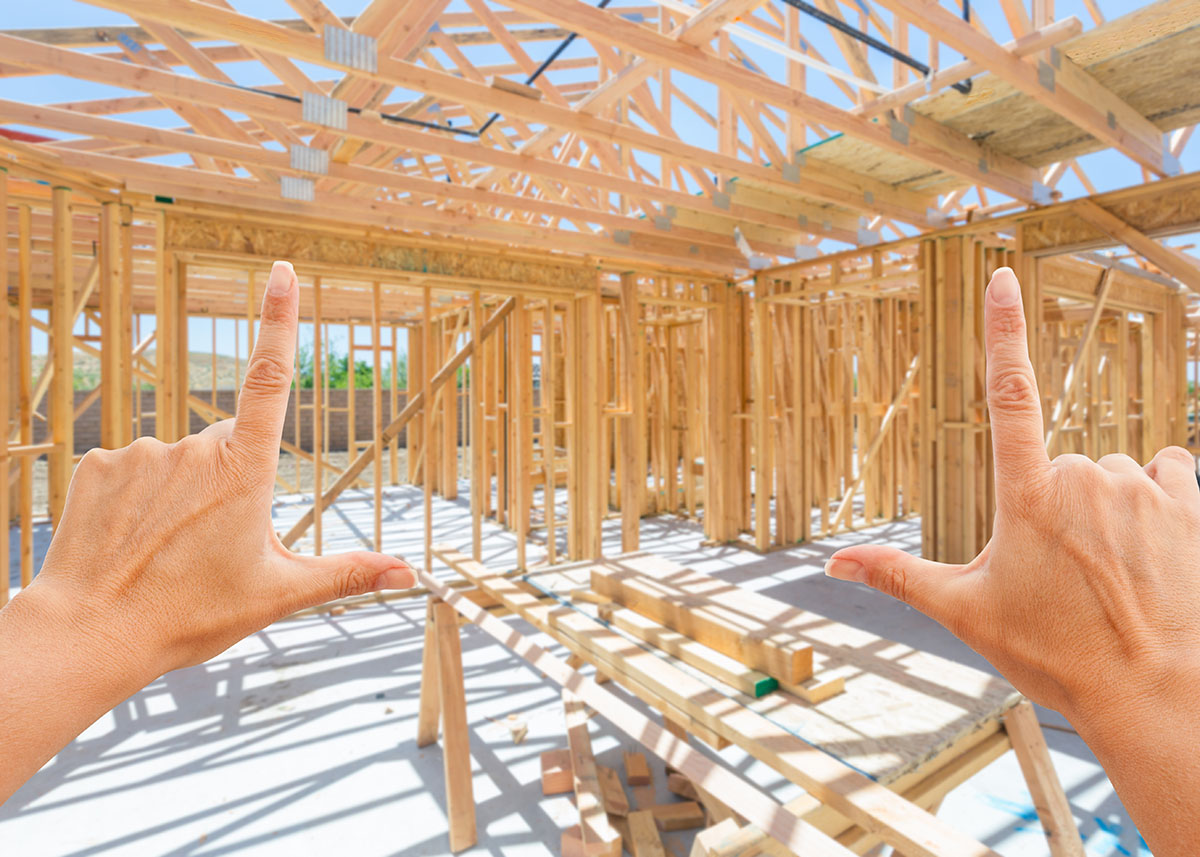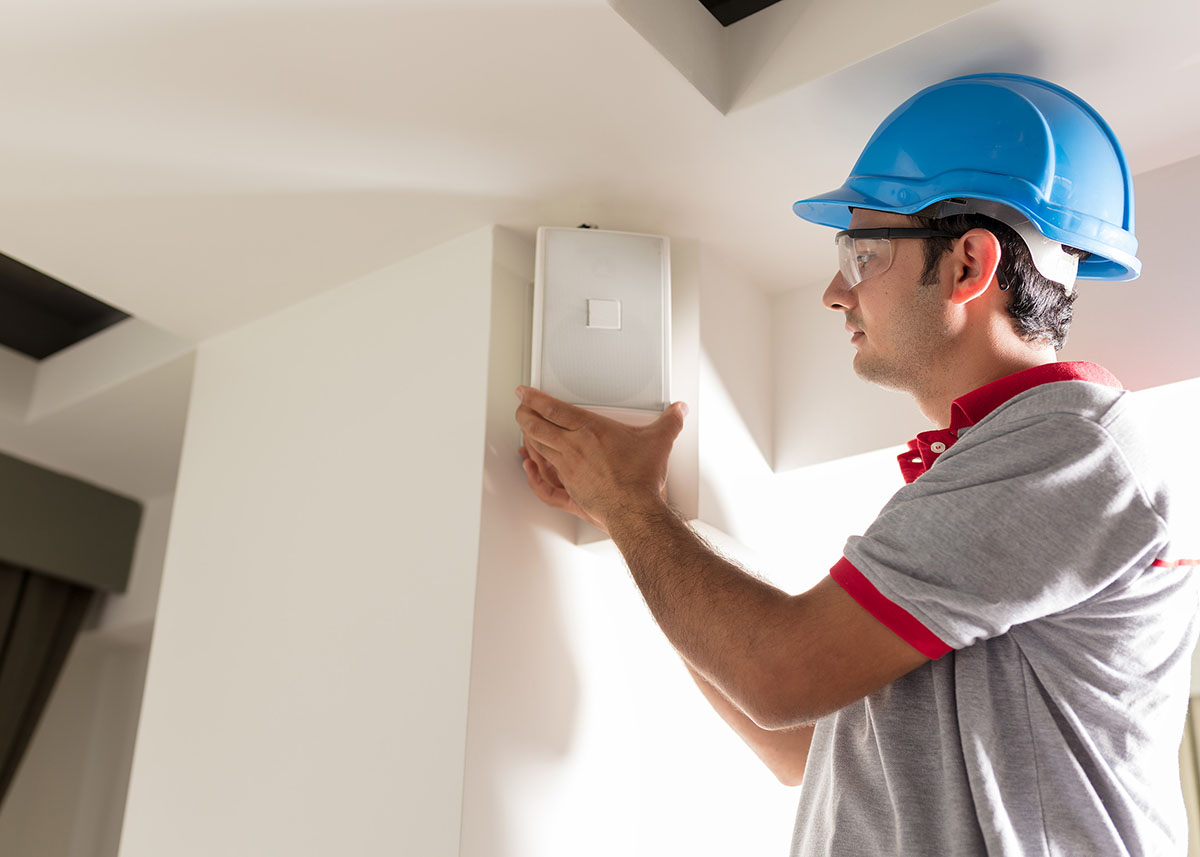By choosing to work with Integrated Home Technologies for all your residential or commercial needs, you will experience the delight of working with one competent organization that can handle all your needs. Saving you the hassle and aggravation of trying to coordinate multiple companies that might not be able to integrate your electronic systems into a working design.
Design
An effective systems integration requires careful planning, layout, and design. That's why we offer advanced system design services. From automation control of subsystems to a fully themed home theater, we can design and execute your systems just the way you envision them to be.
Integration projects are already a large investment of your time and money. Why not take the step to have your project professionally designed, ensuring you not only have a great system but you have "your" system.
There are many elements to a professionally designed system that are performed behind the scenes. Though sometimes not visible, each and every part of the system design is important to the quality and success of the final project.


Rough-In Installation
After the electricians, air conditioning, and plumbers complete their work installing the electrical lines, AC parts and plumbing in the open walls of a new home, a structured wiring project can proceed with the installation of the cabling, and the steps performed during the rough-in phase. This includes locating the distribution panel, locating the outlet boxes or mud rings, and pulling cable through the wall studs, headers, joists, and floors. The process used to install cable is very different in a new construction situation than it is in a remodel or retrofit situation:
- In new construction, the walls are open and you have complete access to the wall studs, headers, and joists to create a pathway for the cable; and you can plainly see any obstacles in the walls that may later cause system performance issues.
- In a remodeling situation, with the walls closed, your best bet is often to minimize the unknown problems in the walls and install the cabling in the attic, basement, or crawl space under the floor wherever possible.
Trim-Out Installation
The next phase to be performed is the trim-out. In this phase of the project, the structured wiring, at least from its outward appearance, begins to take shape with the installation of speakers, cables terminated at the outlets, the distribution panel components installed and connected, and the cabling tested and verified.
Cable Termination: A structured wiring cable is terminated at each end, one end at the outlet and the other at the distribution panel or an intermediate device, such as a patch panel or hub. The type of termination applied depends on the cable and its intended use at the outlet. For example, coaxial cabling being terminated at an outlet to provide a connection for distributed video.
Audio Cable: Most audio cabling is actually speaker wire and can be terminated in two ways: directly at an in-wall or in-ceiling speaker or at a wall outlet for hookup with external speakers. The wall outlet can be a stand-alone outlet or part of a multiple-connection outlet that includes other types of connections.


Commissioning Installation
Commissioning is the process of assuring that all systems and components of a residential or commercial building are designed, installed, programmed, tested, operated, and maintained according to the operational requirements of the owner or final client. A commissioning process may be applied not only to new projects but also to existing units and systems subject to expansion, renovation or revamping.
In practice, the commissioning process is the integrated application of a set of engineering techniques and procedures to check, inspect and test every operational component of the project: from individual functions (such as instruments and equipment) up to complex amalgamations (such as modules, subsystems and systems).
Commissioning activities in the broader sense are applicable to all phases of the project from the basic and detailed design, procurement, construction and assembly until the final handover of the unit to the owner, sometimes including an assisted operation phase.
